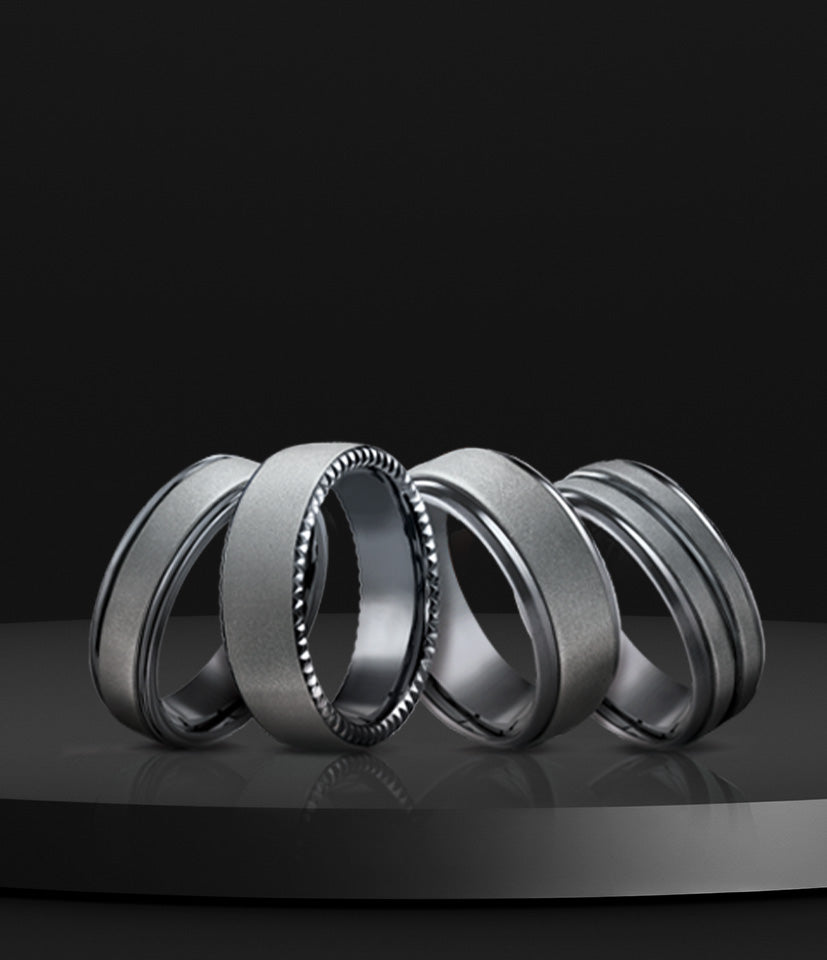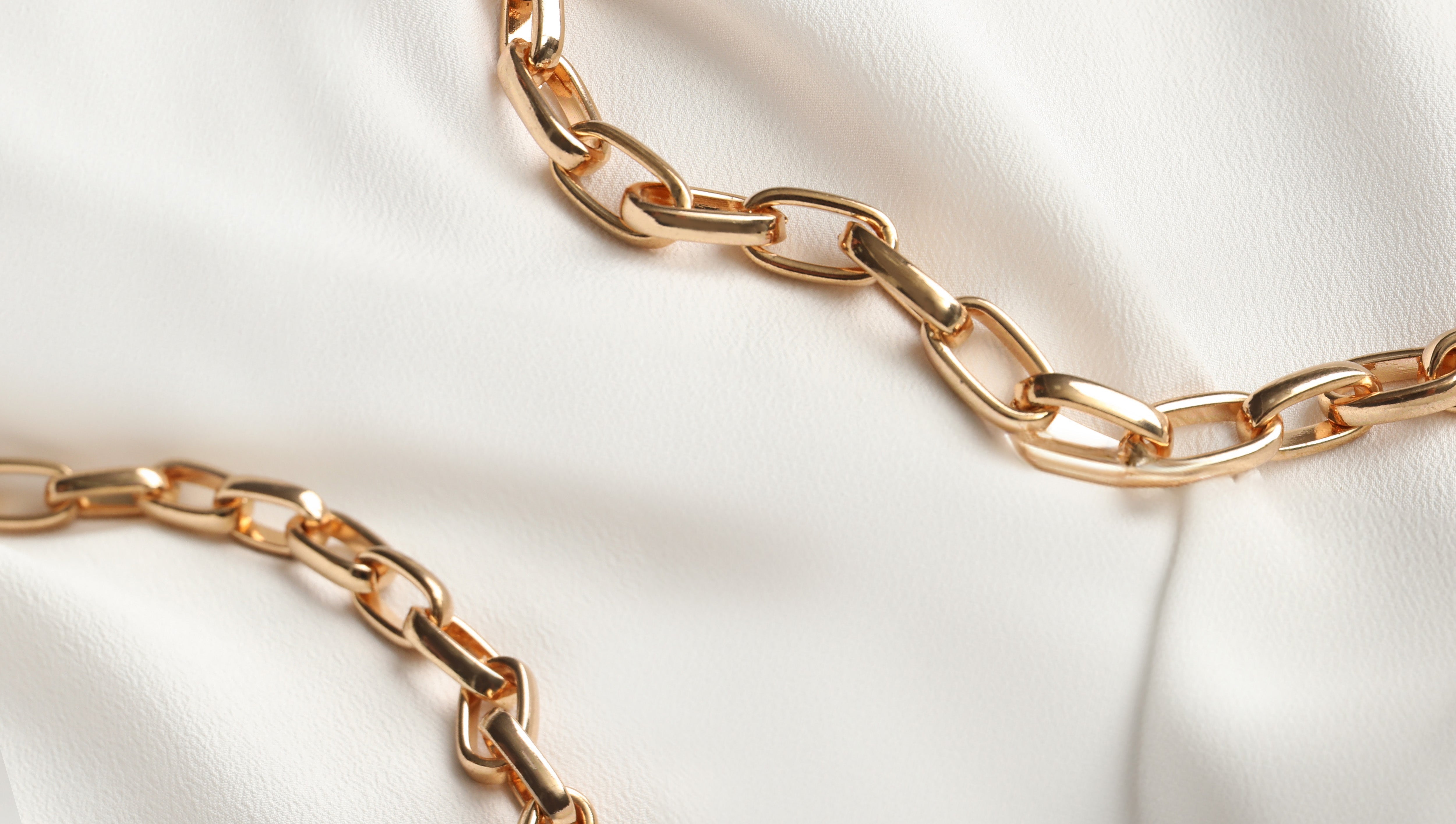
Precious Metal Guide
Thousands of years ago, people discovered the value of using copper to make tools and adornments like jewelry. They found that metal pieces were not only shimmering and beautiful, but made to last and could be passed down through generations. Fast forward 7,000 years and we now use all kinds of different metals, from gold and silver to tungsten and titanium, to craft gorgeous jewelry that’s made to last lifetimes. Let’s explore the different metal types below.
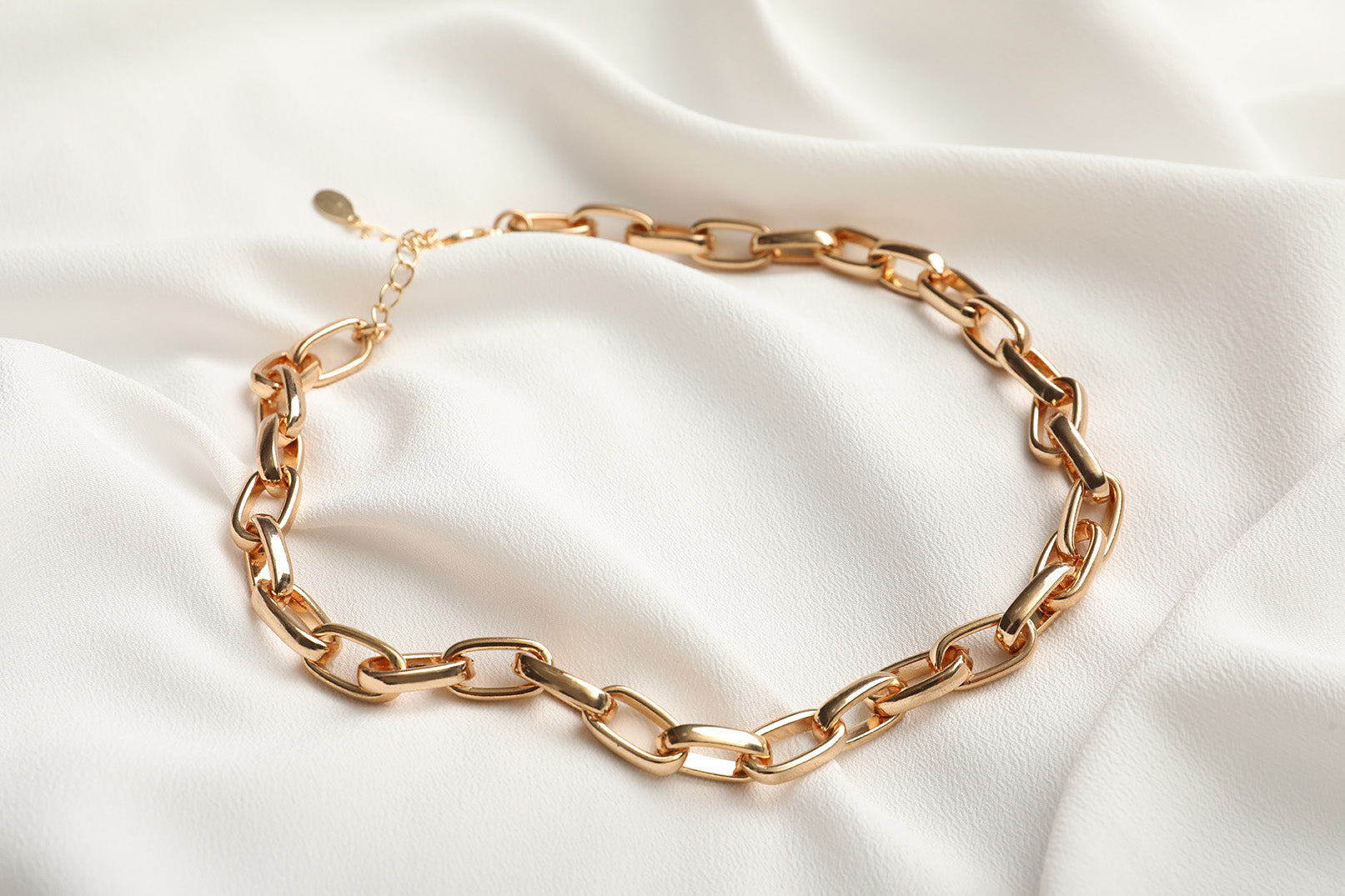
Yellow Gold
This metal is an alloy, which means it is a mixture of pure gold with zinc and copper. Pure gold is too soft to stand on its own as a piece of jewelry, so it needs to be blended with other metals to make it stronger. The higher the karat amount, the more pure gold is in the metal.
Style Information:
- Has that classic “gold” look.
- Pairs great with garnets and diamonds.
- Can be softer or easier to break, depending on purity.
Mohs Scale:
- 18 karat: 2.8 hardness level
- 14 karat: 3.5 to 4 hardness level
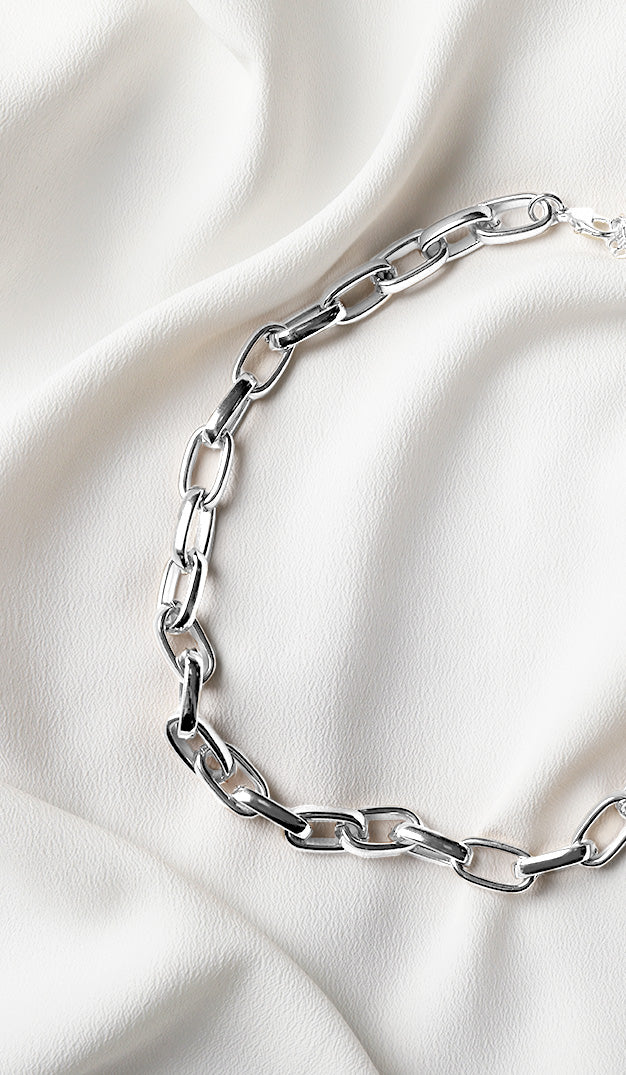
White Gold
This metal is a form of gold with a distinct pale white or cream color. It's a combination of gold and at least one white metal, such as nickel, manganese, or palladium, which typically makes up about 10% of the alloy.
Style Information:
- Goes great with diamonds.
- More affordable alternative to platinum.
- Commonly 9-1 gold to nickel.
Mohs Scale:
- 18 karat: 2.8 hardness level
- 14 karat: 3.5 to 4 hardness level
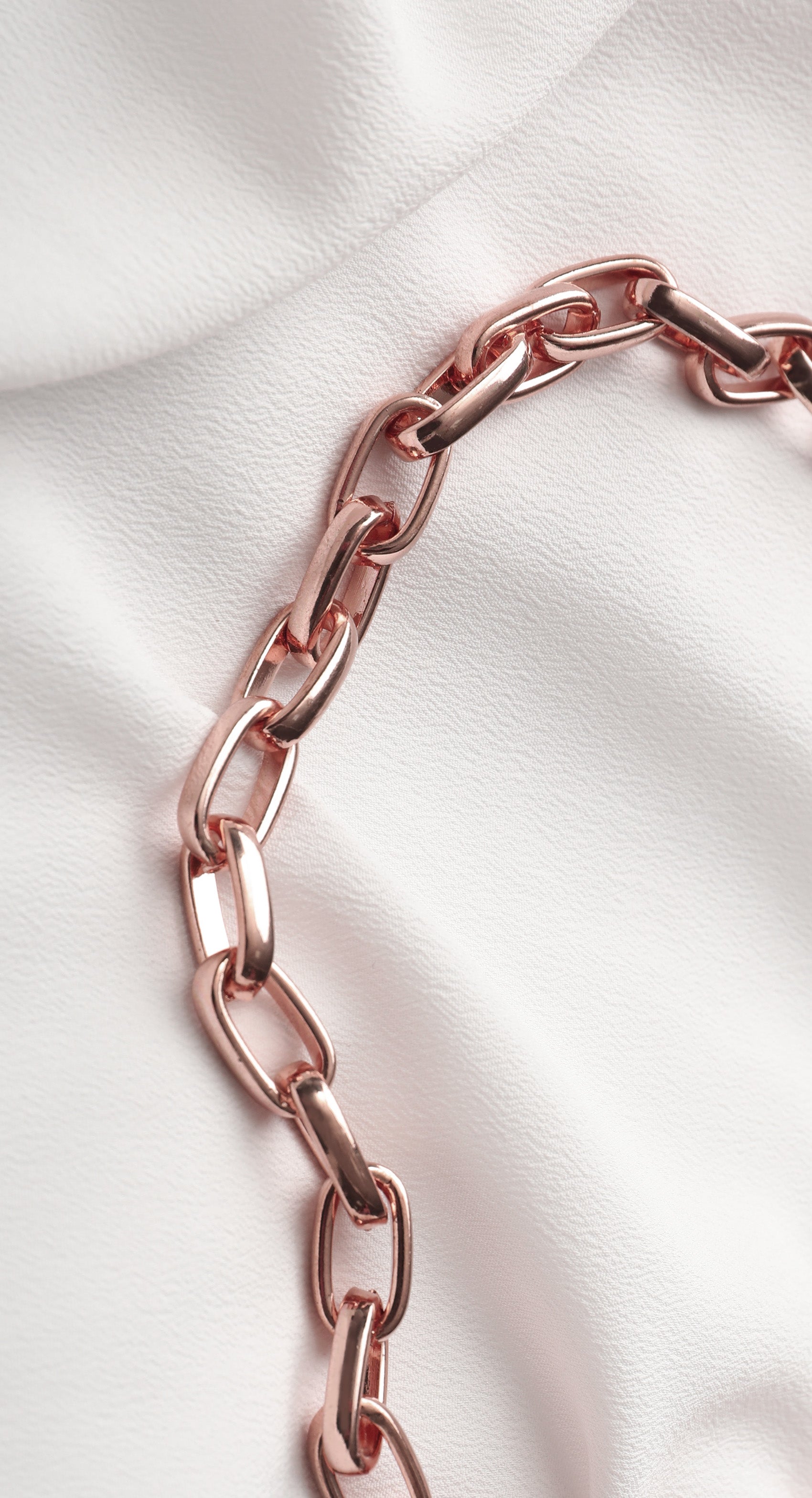
Rose Gold
Rose gold has a rosy tint from the gold-copper alloy it is made of. It is also known as “pink gold” and “red gold”. Historically this metal was very popular in Russia, which has also earned it the name “Russian Gold”, though it is by far most well known as simply “rose gold”.
Style Information:
- The highest karat version is known as “Crown Gold”.
- Pairs great with colored stones.
- Currently in vogue.
Mohs Scale:
- 18 karat: 2.75 hardness level
- 14 karat: 3 to 4 hardness level
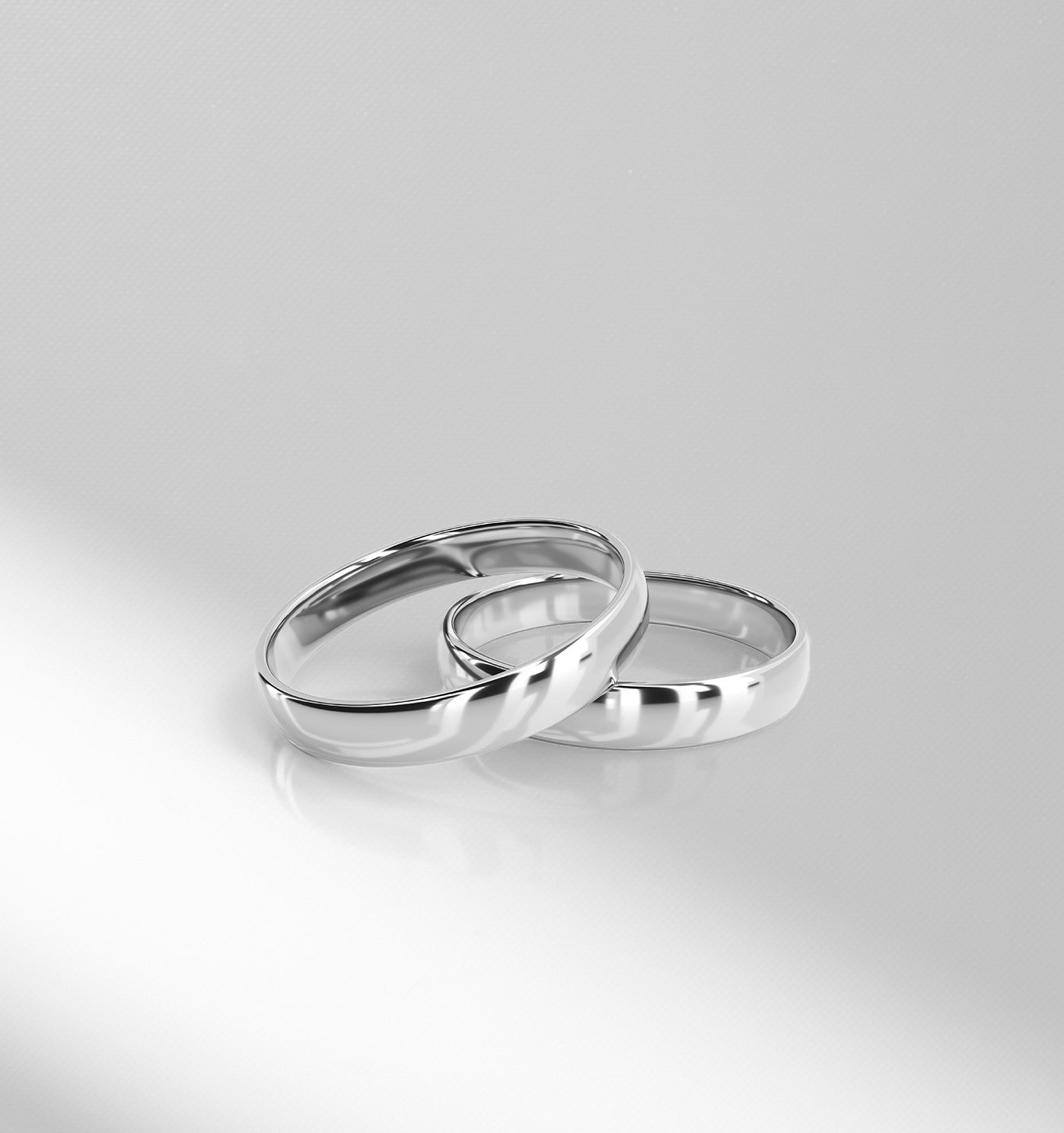
Platinum
Platinum is incredibly resistant to corrosion, even at high temperatures. Because of the metal’s sheer white color, it will not tint any stones that are set in it.
Style Information:
- A good alternative to silver, white gold or palladium.
- One of the least reactive metals.
- Heaviest of the precious metals.
Mohs Scale:
- 4 to 4.5 hardness level
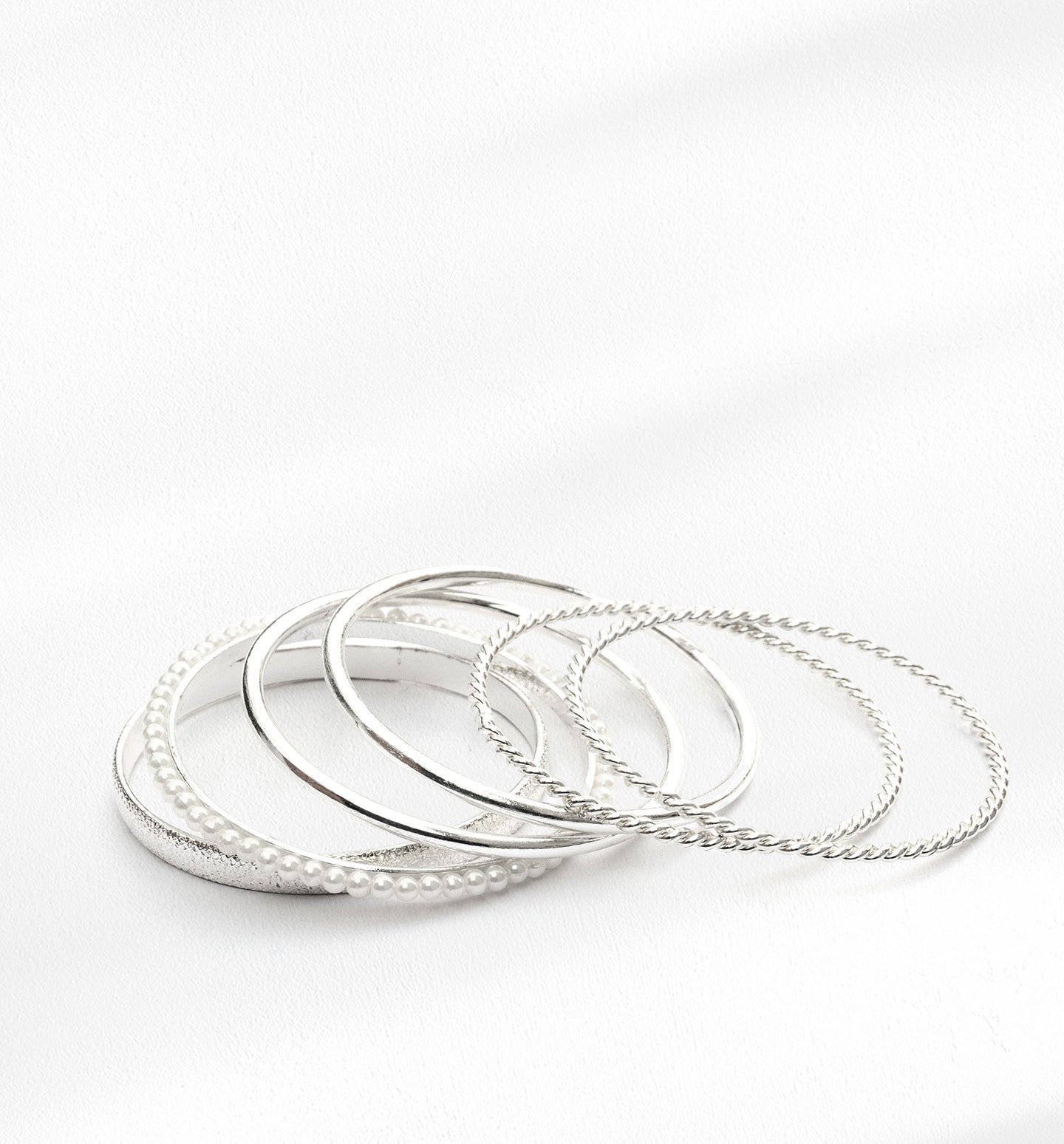
Silver
Like gold, silver is one of the cornerstone precious metals. Because it’s so soft, the metal’s primary use has always been jewelry, but it has also been used as currency and investment bullion. Silver also pairs beautifully with most stones.
Style Information:
- Silver began being used as early as 5,000 years ago.
- Extremely affordable.
- Associated with the ability to stop paranormal creatures such as vampires or werewolves.
Mohs Scale:
- 2.5 to 3 hardness level
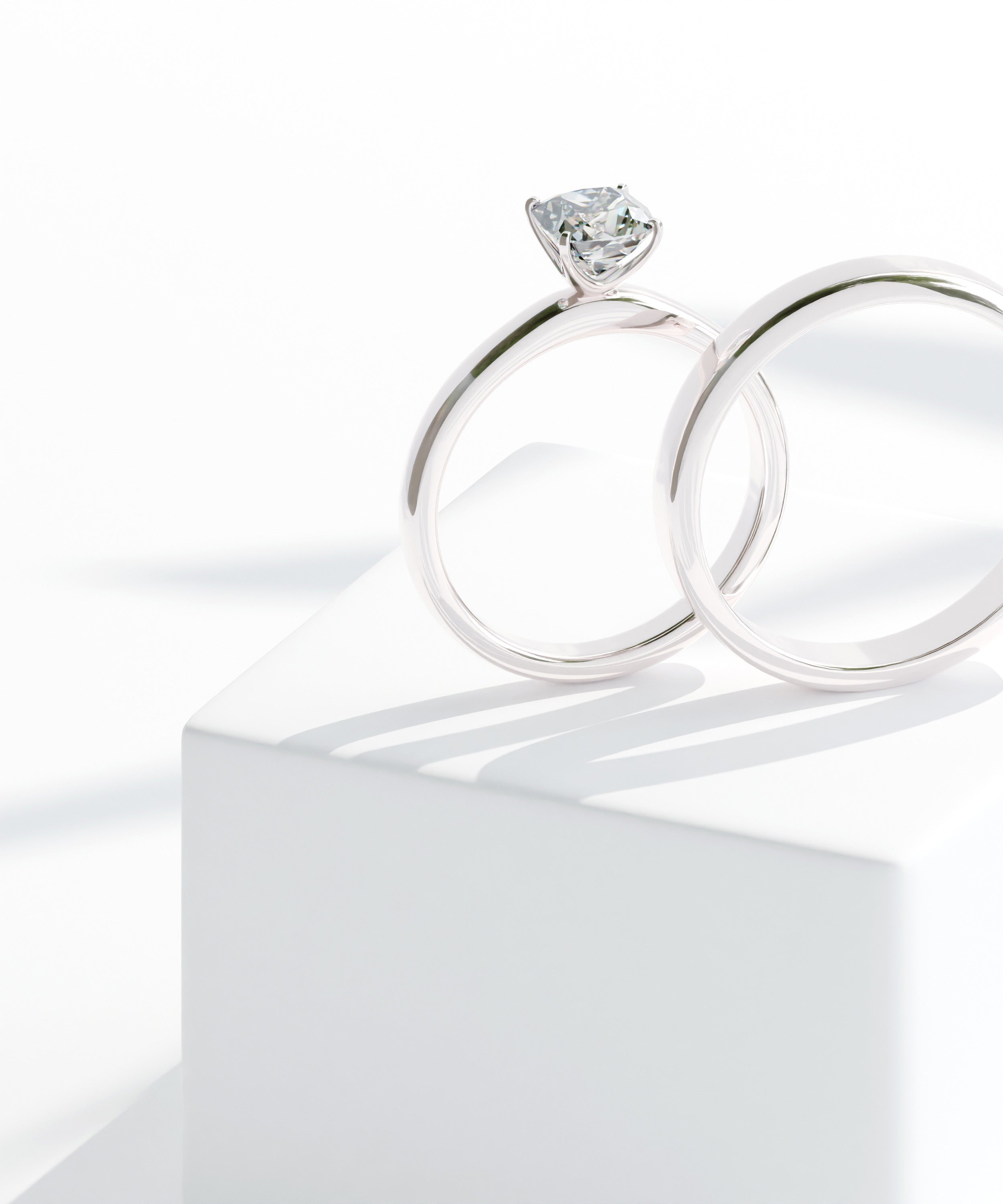
Palladium
Palladium is a beautiful silvery-white metal that resembles platinum. This metal has become much more valued in recent years. In its pure form it’s used for jewelry, and for combining with gold to create white-gold alloys. Because of its near white coloring, it will not tint any stones it is used with.
Style Information:
- An alternative to platinum or silver.
- Does not tarnish under normal conditions.
- Used as an early treatment for tuberculosis.
Mohs Scale:
- 4.75 hardness level
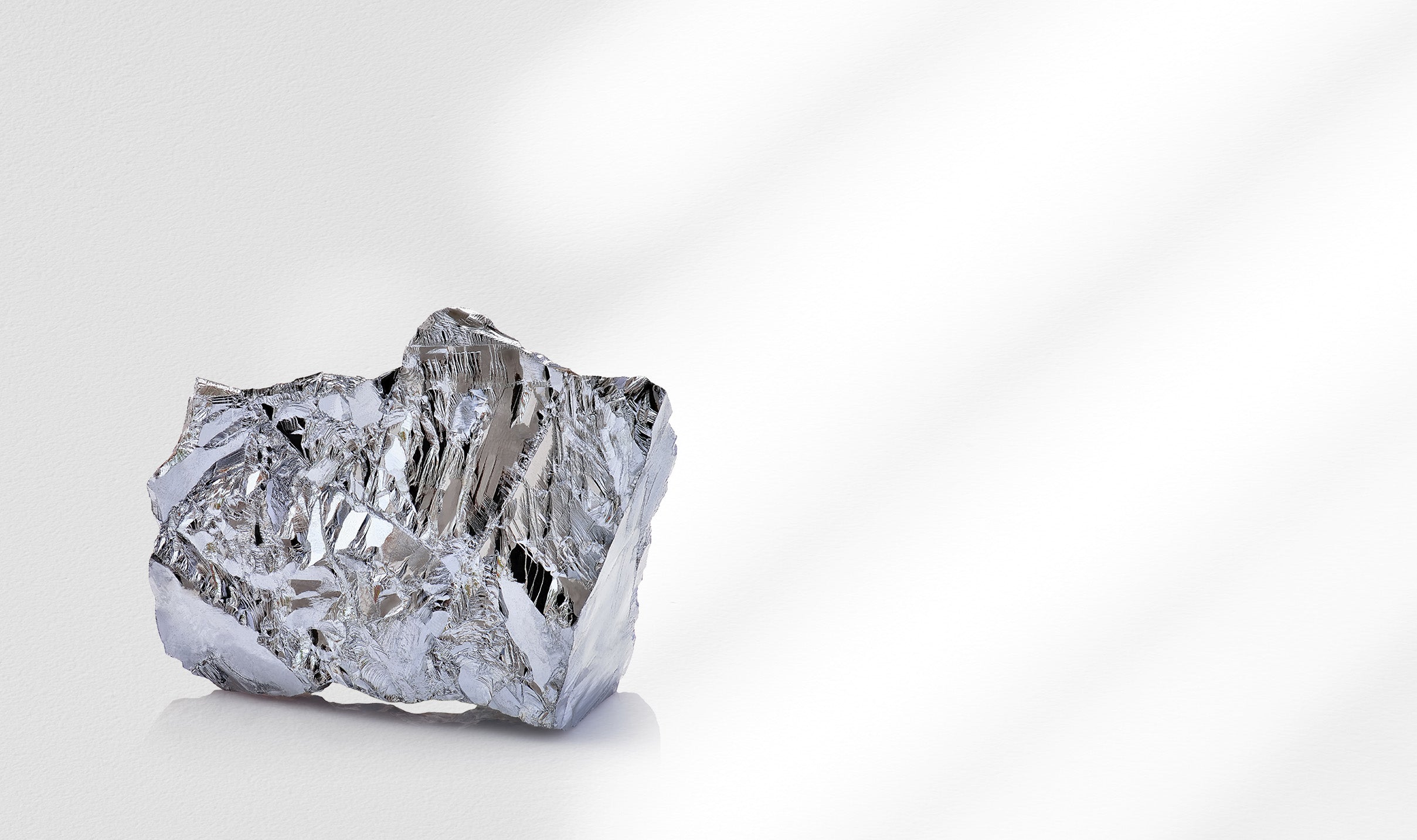
Cobalt
Cobalt is a highly magnetic silver-gray metal. It’s primarily used in alloy compounds which are fashioned into wear-resistant men’s wedding bands. In the correct light, cobalt appears blue-hued.
Style Information:
- Cobalt pigments, specifically the blue, have been used for thousands of years.
- The Democratic Republic of Congo currently extracts about 40% of the world's cobalt supply each year.
- The name Cobalt comes from the German word kobold, meaning “goblin ore”.
Mohs Scale:
- 5 hardness level
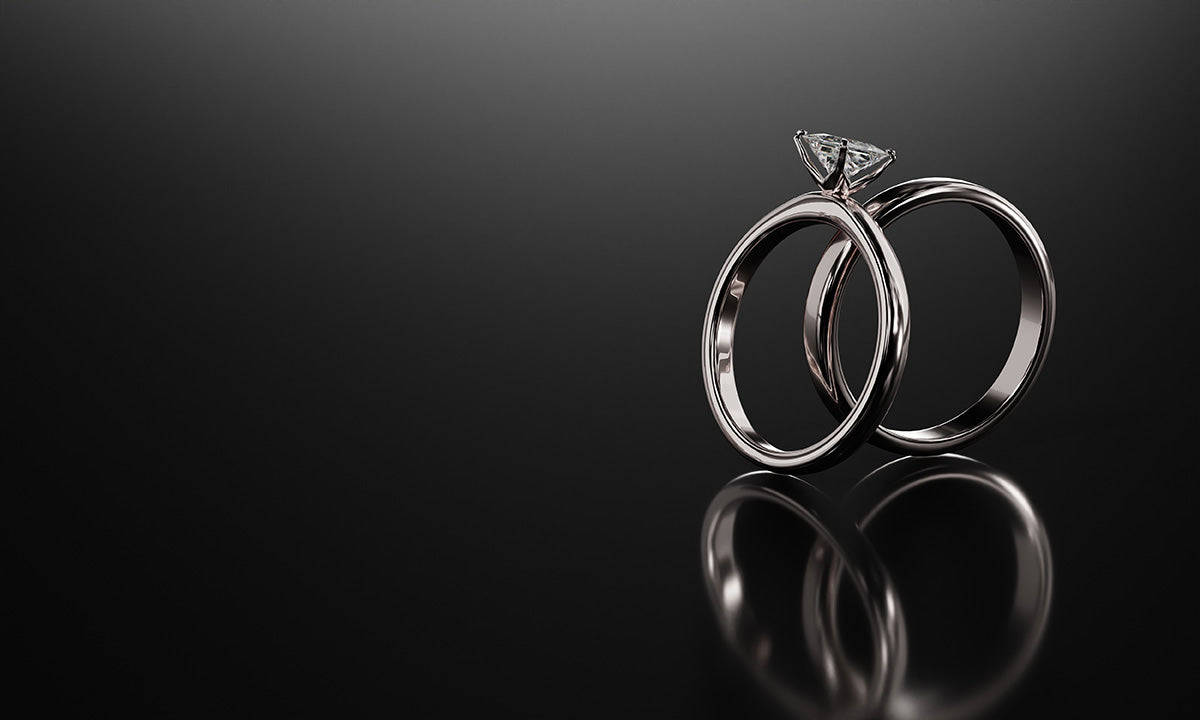
Tungsten
Tungsten has the highest boiling point and strongest tensile strength, which means it is nearly impossible to scratch, though under extreme force it will shatter. It is naturally steel grey and has a subdued look.
Style Information:
- Production of tungsten is difficult due to its high melting point
- Because of its conductive and anti-corrosion properties, tungsten is often used to make electrical wiring
- Tungsten is the heaviest of all elements known to play a biological role
Mohs Scale:
- Tungsten: 7.5 hardness level
- Tungsten carbide: 8.5 to 9 hardness level
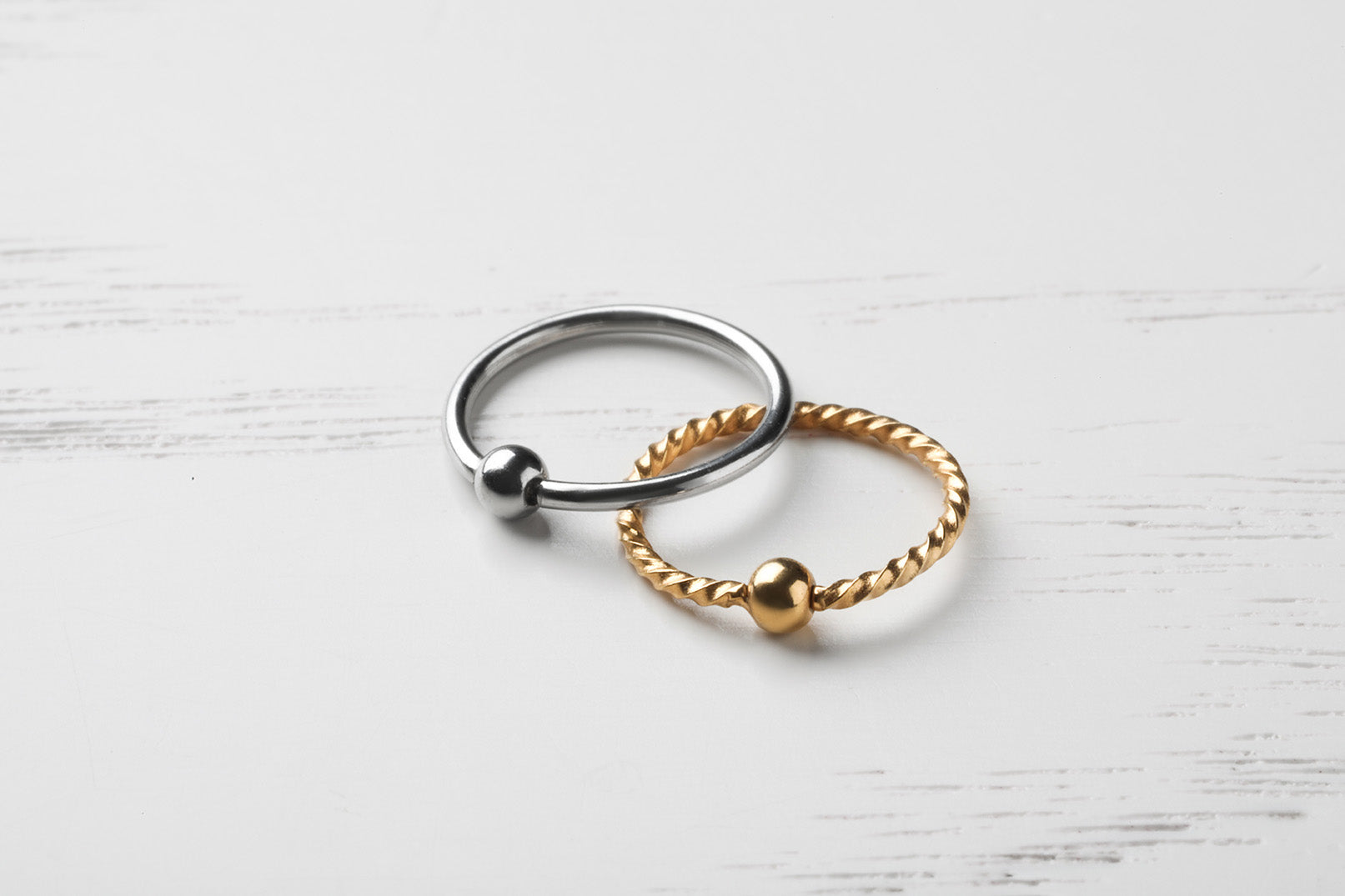
Titanium
Titanium is an extremely versatile metal that is resistant to most types of corrosion. Its value stems from its strength-to-density ratio, the highest amongst any metallic element.
Style Information:
- Extremely valuable in machinery.
- Very difficult to bend.
- Titanium is used in a variety of surgical implants and tools, because it’s unlikely the body will reject it.
Mohs Scale:
- 6 hardness level
